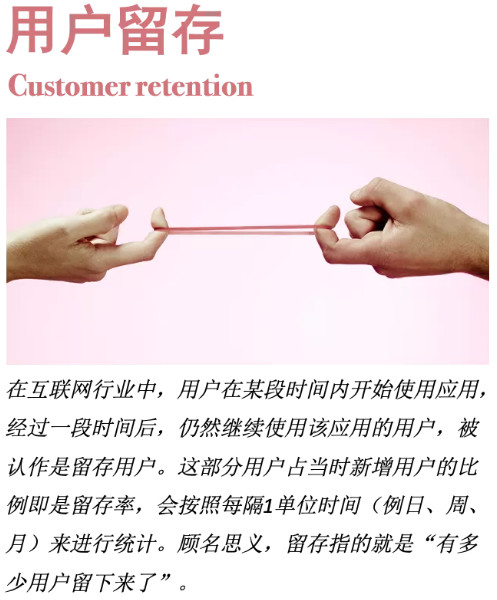
「释义」
在互联网行业中,用户在某段时间内开始使用应用,经过一段时间后,仍然继续使用该应用的用户,被认作是留存用户。这部分用户占当时新增用户的比例即是留存率,会按照每隔1单位时间(例日、周、月)来进行统计。顾名思义,留存指的就是“有多少用户留下来了”。留存用户和留存率体现了应用的质量和保留用户的能力。
「应用场景」
忠诚领导力还要求进行向上和向外管理。高层管理者必须向董事会成员和投资者游说忠诚战略和评估进展的方法,争取他们的长期支持。这在客户价值转型初期尤为重要,因为管理层可能做出压低短期收益的决策,如投资技术。领导者需要向投资者和董事会成员证明,这类决策在未来会带来更大回报,比如用户获取率或用户留存率提升,收入增长,服务成本下降或其他方面客户价值的提升。
Loyalty leadership also calls for managing up and out. Top managers must gain and maintain the support of board members and investors by educating them about the loyalty-based strategy and how its progress should be evaluated. This is particularly important early in a customer value transformation, because management will be making decisions (such as investing in technology) that may depress short-term earnings. Leaders need to demonstrate to investors and board members that those decisions will yield larger payoffs down the road, in the form of increased customer acquisition or retention, growing revenues, lower cost to serve, or other measures of improved customer value.
以上文字选自《哈佛商业评论》中文版2020年1月刊《你低估客户了吗》
罗伯·马奇(Rob Markey)| 文
马冰仑 丨编辑




